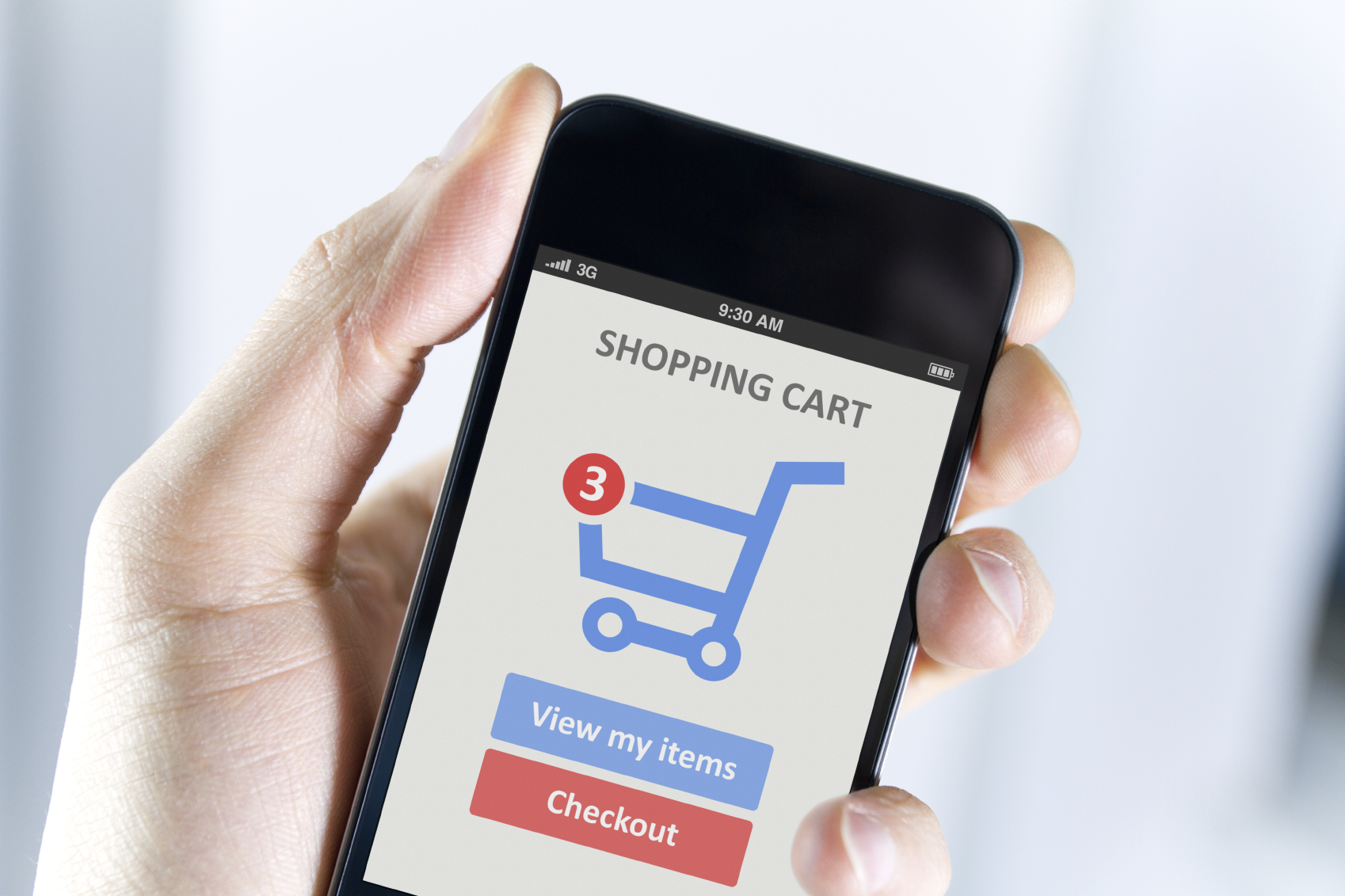It all started last summer with Facebook testing “buy buttons” in newsfeed ads, which Twitter quickly followed by rolling out its own “buy now buttons” in September. Neither really gained much traction in the following months, and the race towards social commerce dominance seemed to cool down a bit—until last month. During May, Mondelez International, Google Search, and YouTube all announced their plans to insert their own version of “buy buttons” into their respective digital ad products.
Flash forward to today, both Pinterest and Instagram are making a big push into social ecommerce. Just one day after Amazon “ripped off” its visual layout for its new product curation page Stream, Pinterest has fought right back with “Buyable Pins”. Partnered with Shopify and Stripe, Pinterest will soon let its app users to browse products and make purchases with a few clicks. Not to be outdone, Instagram is also beefing up its ad tools with the addition of “Shop Now” buttons, along with buttons for app installs and sign-ups. Instagram’s API for ad campaign management is also updated to add “interest and demographic targeting” to make it more appealing to marketers and brands alike.
We have long expected social networks like Instagram and Pinterest to enter the commerce market directly, instead of just driving traffic to retailers’ websites. Now that Facebook seems finally ready to scale up the ad offerings on Instagram, as does Google on its search platform and YouTube, brands need to figure out the platform(s) that best suits their needs among an increasing number of viable platforms. Brands should also start developing strategies for social ecommerce in order to translate the convenience of “buy buttons” and the network effect on social platforms into actual sales. And although it’s in its early stages, social commerce will be an important aspect of attribution, finally allowing brands understand how their marketing converts to sales.

